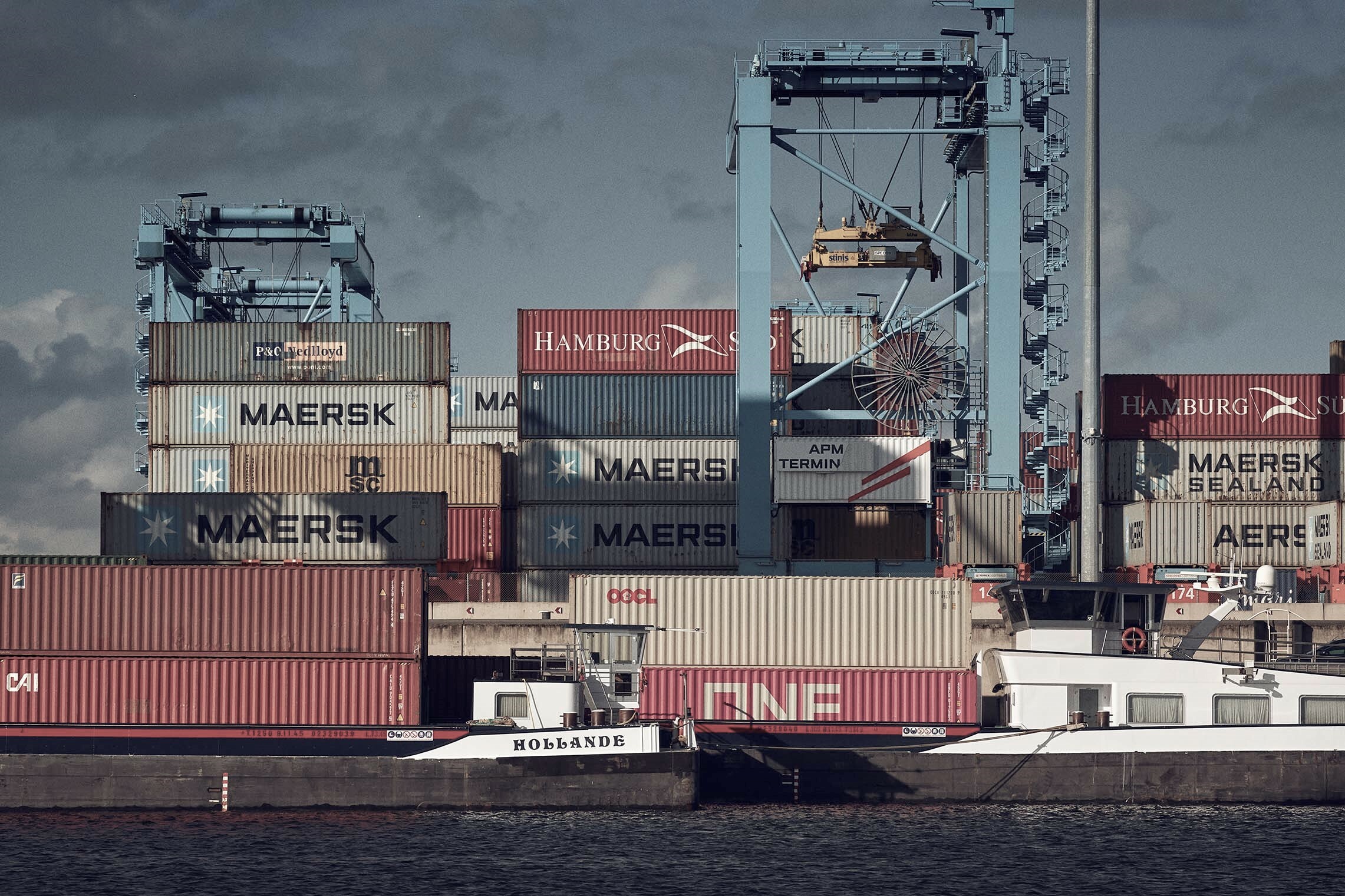As global ambitions to reduce emissions and avoid the worst impacts of climate change intensify, pressure is mounting to achieve meaningful emissions reductions in the global maritime sector. A series of commitments, declarations, and pledges aimed at decarbonizing the maritime industry have been made in recent years by public and private actors. However, the true test of progress will be within shipping companies themselves.
This study examines top shipowner’s commitment to decarbonization to understand:
the prevalence of emissions reduction pledges;
the transparency of climate impacts and decarbonization measures;
if pledges are consistent with reported strategies and actions.
The assessment draws on published decarbonization ambitions and actions of the largest companies by owned capacity in tanker, bulk, container, and RORO / car segments. Through a desktop study conducted in February 2022 of data in the public domain, we assess decarbonization pledges, disclosures, strategies, and actions for 94 companies as a representation of the industry and find the following key takeaways.
Of all companies assessed, only 35% have a clearly expressed emissions target to be net zero by 2050 or sooner and/or have committed to IMO targets.
The container segment shows the highest levels of ambition with 16 of the 30 largest firms in the segment having set emissions targets (53%). This translates to 69% of the total container maritime fleet capacity (in owned deadweight tonnage).
Of firms with net zero 2050 pledges, the division between publicly traded and private/state-owned shipping companies is roughly equal, which points to factors beyond shareholder pressure and mandatory reporting driving pledges.
Only 36% of assessed firms have a sustainability report. Four companies without pledges have a sustainability report while almost all with pledges have a sustainability report. However, even many pledging companies lack emissions data from previous years as well as Scope 2 and 3 data.
Of all firms, 31% identified a fuel strategy, largely overlapping with pledges. LNG is the most often mentioned fuel overall and ammonia is the most often mentioned alternative fuel. Many opt for a fuel strategy that includes both LNG and alternative fuels.
Offsets (carbon reduction is the process of directly reducing emissions while offsets employ credits that fund external projcets such as forestry to reduce emissions) are used by a low number of firms (4%) as a strategy to lower carbon emissions.
For eight companies with net zero 2050 ambitions and a standardized disclosure to CDP, an average of 9 million USD was invested in the previous year on decarbonization, representing an average of 2% of capital expenditures and 8% reduction in emissions.
Companies in the study with decarbonization pledges were largely found to have higher levels of reported emissions disclosure, decarbonization strategies, and related actions.
Firms that implement comprehensive reporting can gain greater visibility into climate-related risks and opportunities, distinguish true climate action from green washing, and attract capital from a growing number of investors interested in the green transition.
Based on our findings we make recommendations for firms and regulators to achieve a higher bar for decarbonization reporting:
Key Recommendation
Companies should set emissions reductions targets, preferably aligned with a net zero ambitions for 2050 or sooner, and back up pledges with comprehensive sustainability reporting including: strategies, GHG emissions reporting, and progress through actions.
Key Recommendation for Regulators
Government regulators should implement (or strengthen) mandatory reporting requirements of climate-related impacts subject to third party auditing. Requirements should rely on global standards to increase comparability and avoid creating additional reporting burdens.
The state of decarbonization in the maritime industry shows that while real progress has been made, there is a long way to go for the industry to reach net zero within the limited time left to transition. Accessible reporting with detailed emissions data observed among leaders within the industry, must become commonplace to set an industry-wide trajectory towards net zero by 2050 or sooner.
